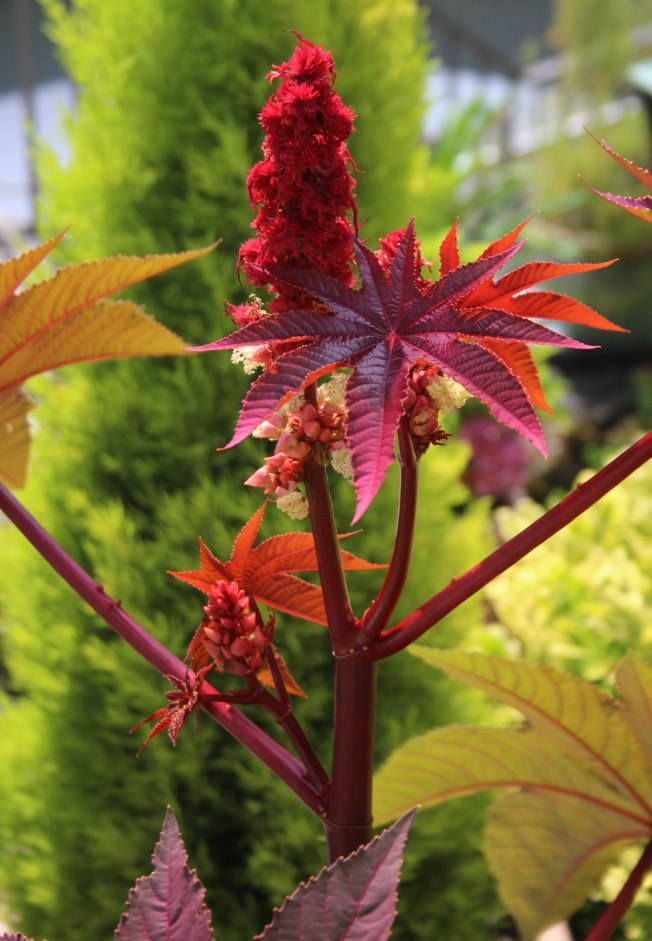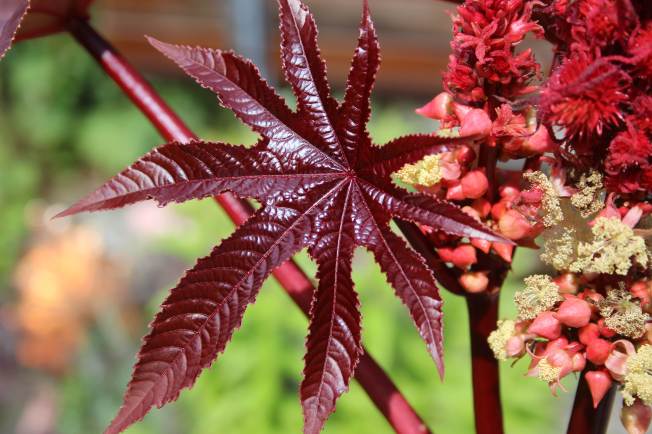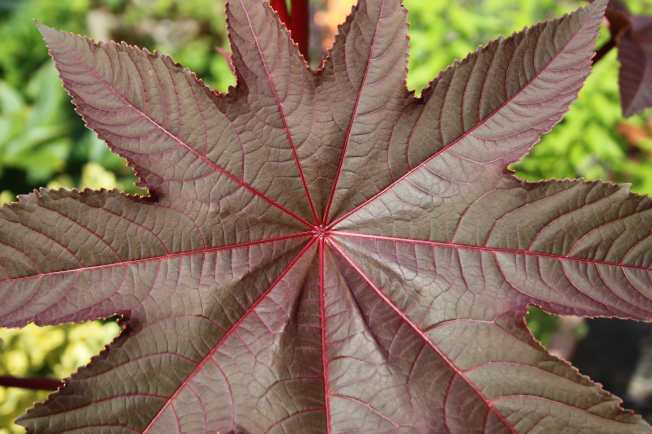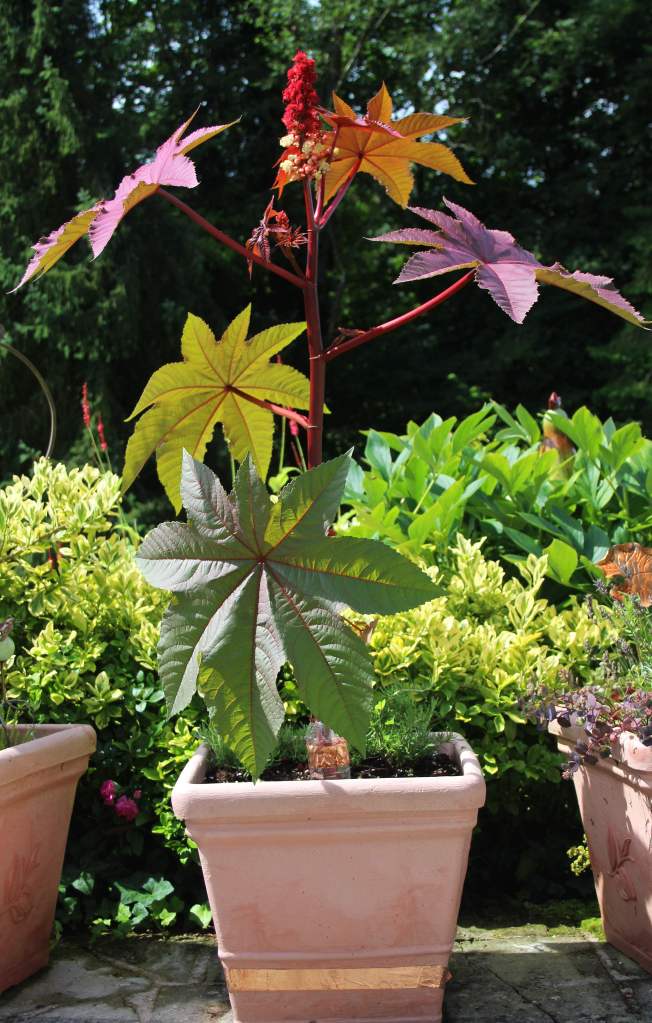The new Echniacea hybrid ‘Cheyenne Spirit’ by Fleuroselect appeared in garden centres everywhere this summer, and I was quite taken by it.
This photo above from the Fleuroselect website shows the complete range of colours the hybrid includes, so the pictures of my Echinacea ‘Cheyenne Spirit’ are perhaps misleading… this colour mix ranges from deep banana yellow to crimson, going through various pinky reds and orangey reds along the way. I picked a lovely orangey red with a hint of pink as the flowers fade, and with a deep red centre…
This plant is safe and sound from slug attack – in a pot and on a bench, well out of reach! As with all my other Echinacea bought over the years it will be planted out in autumn, I will delight at seeing it reappear in spring, and then before I can say ‘copper tape’ it has been devoured by the hungry slimey creatures who rule my garden!
Still, for one season of gorgeous blooms it was worth the few euros spent on it. 😀
In our climate Echinaceas flower from July through to October. They are great for vases – the seed heads too, which I leave standing until the stalks collapse in winter. A good mulch in autumn will add some protection and possibly help against slugs in the spring.
I am joining Kimberley at Cosmos and Cleome again this Thursday, to feature a plant I grow, so pop over and pay her a visit too!










































